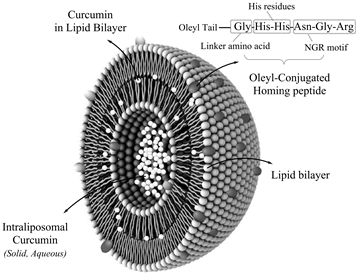
Ismaeil Haririan
Tehran University of Medical Sciences, Iran
Title: Curcumin-loaded nanoparticles used for breast cancer treatment
Biography
Biography: Ismaeil Haririan
Abstract
To contrive against the obstacles in physicochemical properties of curcumin, various carriers and delivery systems have been introduced in the past two decades. Among a multitude of potential vehicles, the prospective effects of the liposomes and lipid-structures in improving the pharmacokinetic and dynamic of turmeric compounds have numerously been reported in recent studies. Besides, peptides that modulate cancer cell specific molecular pathways have a great potential as anticancer therapeutics. Among them, peptides that induce cell death via apoptosis have attracted ever-increasing attention. Tumor homing peptides and peptidomimetics containing RGD or NGR motifs have been exploited for targeting of therapeutics or diagnostics to cells with an overexpression of αυβ integrin family of adhesion receptors. On the other hands, studies have demonstrated that KLA peptides with a sequence of (KLAKLAK)2 can induce apoptosis in cancer cells. However, cell internalization is perceived as a major obstacle for development of such pharmaceutically useful peptides. Many efforts have been done to optimize ACP properties through two approaches: computational design and delivery systems. Among the carriers, gold nanoparticles offer a safe delivery platforms for anticancer agent development. Self-assembled structures were prepared from the oleyl-peptide at pH 3, 5.5, and 7. Curcumin was also dispersed in aqueous phase at neutral pH and was further separated from the colloidal particles and precipitates through filtration. According to the results, the more cytotoxicity and cellular uptake by T47D and MCF-7 breast cancer cells were observed for the smaller NPs in size an aspect ratio (AR) in which T47D cells was more sensitive than MCF-7 cells. The MTT results were confirmed by the morphological changes for the cancer cells exposed to NPs. Our finding suggested that the biological and pro-apoptotic effects of the mitochondrial targeting peptide were tuned by P-AuNPs upon their size and shape.


